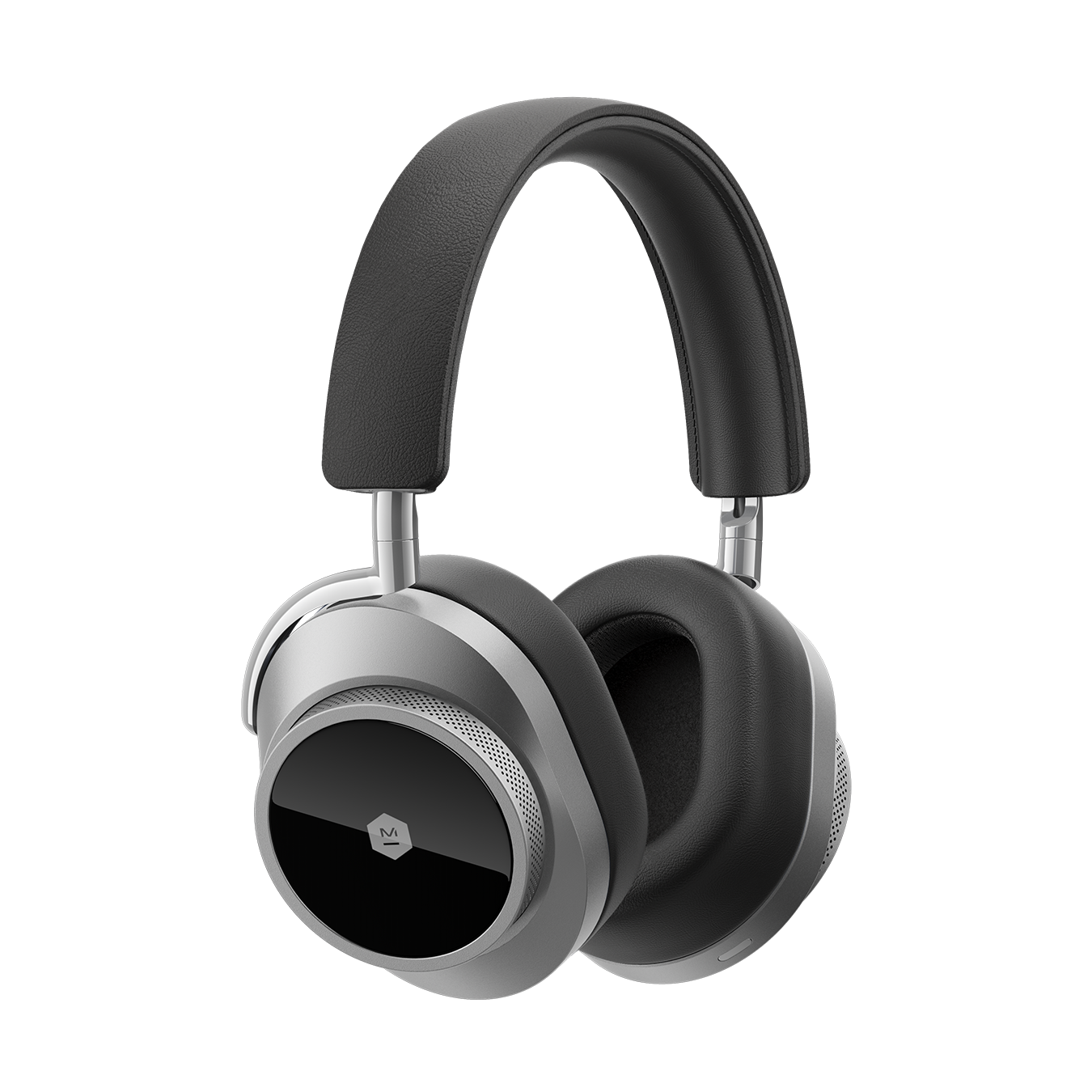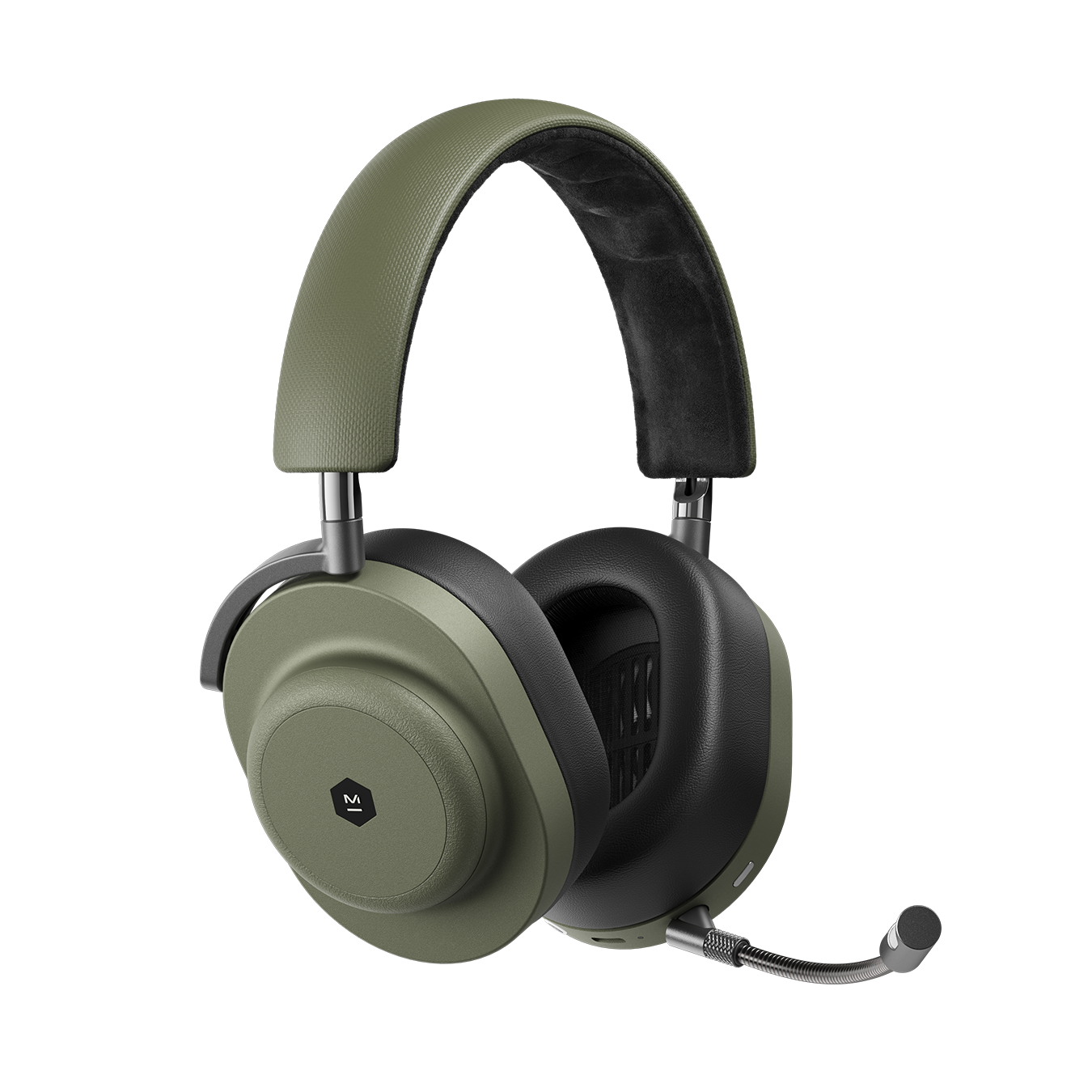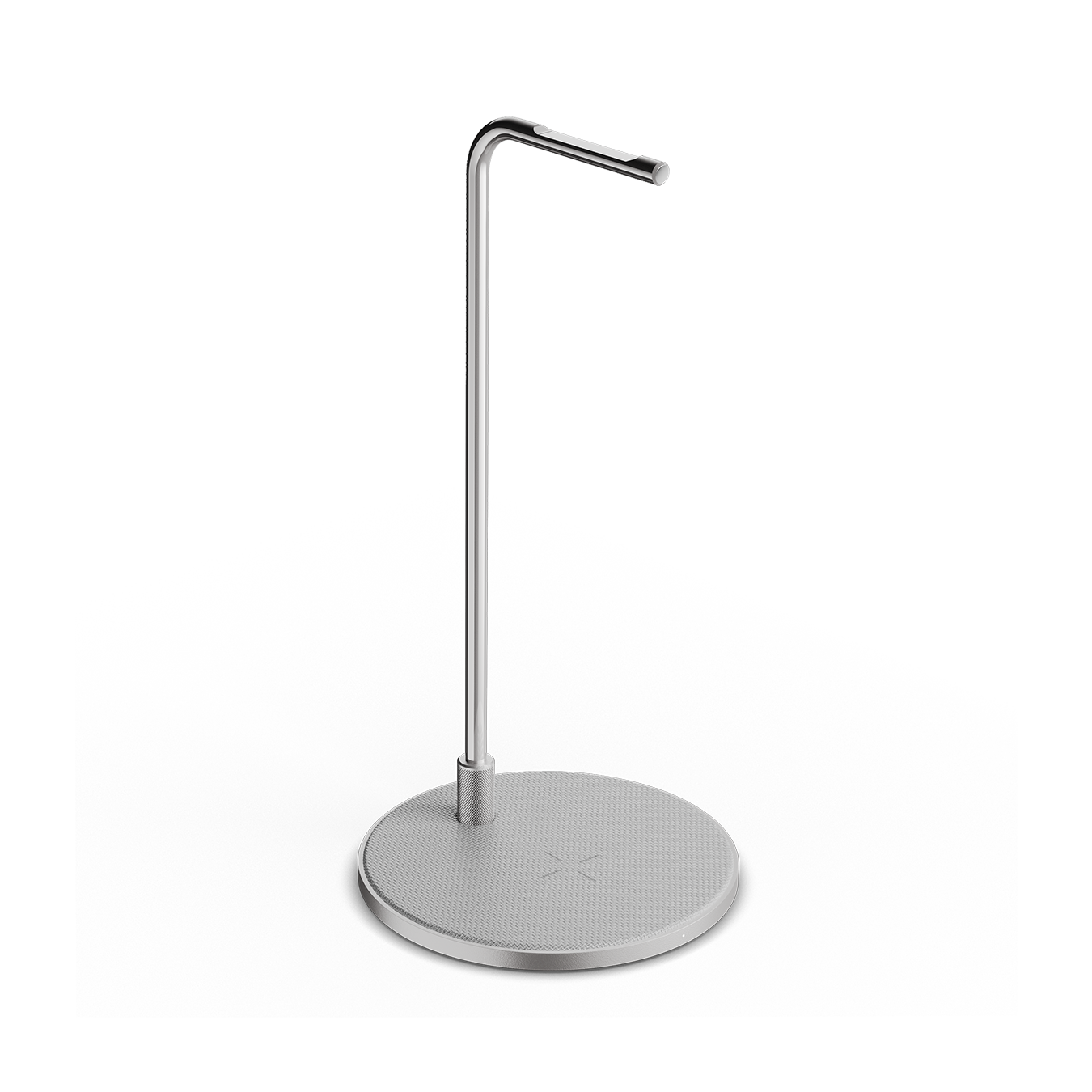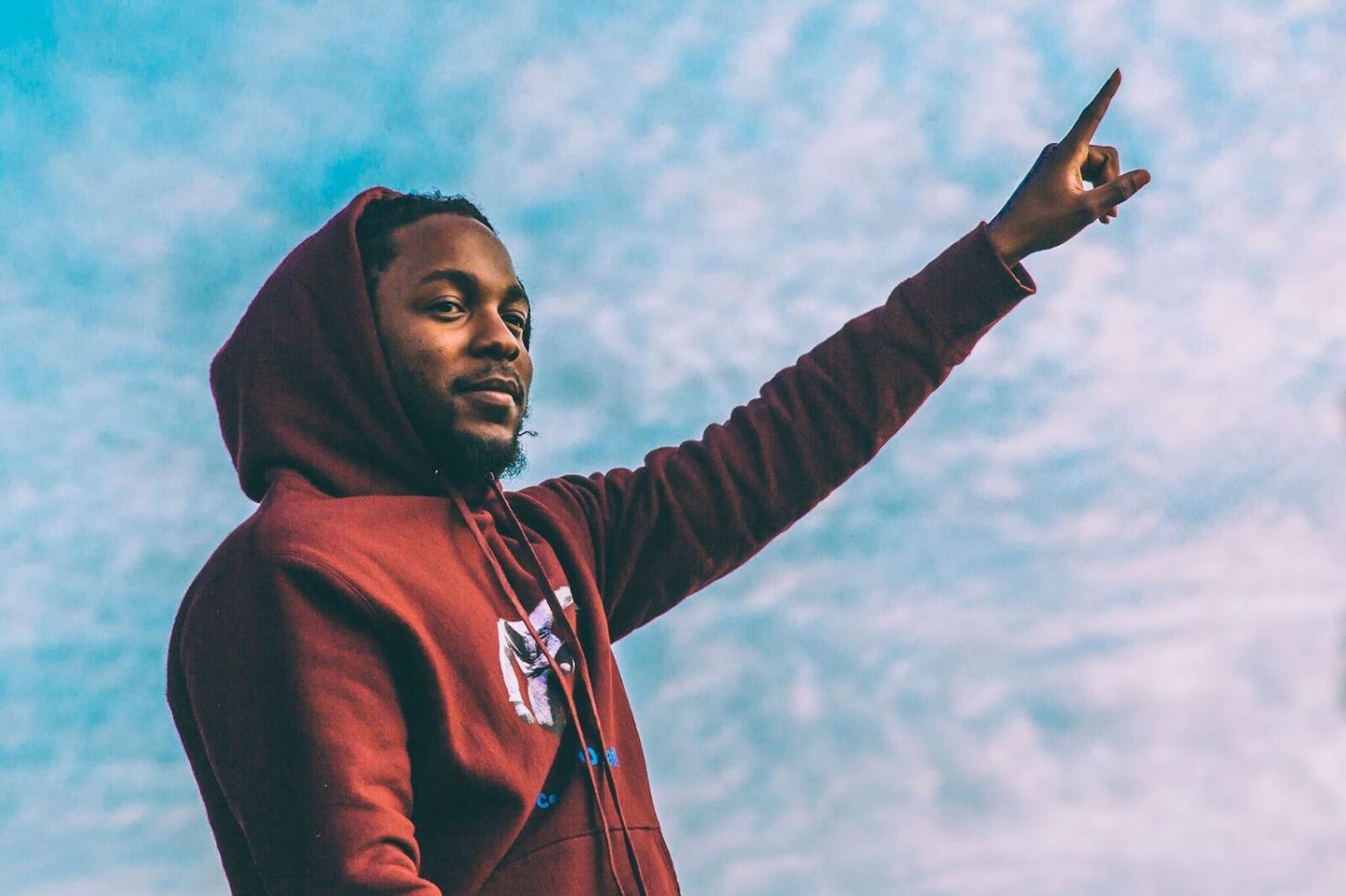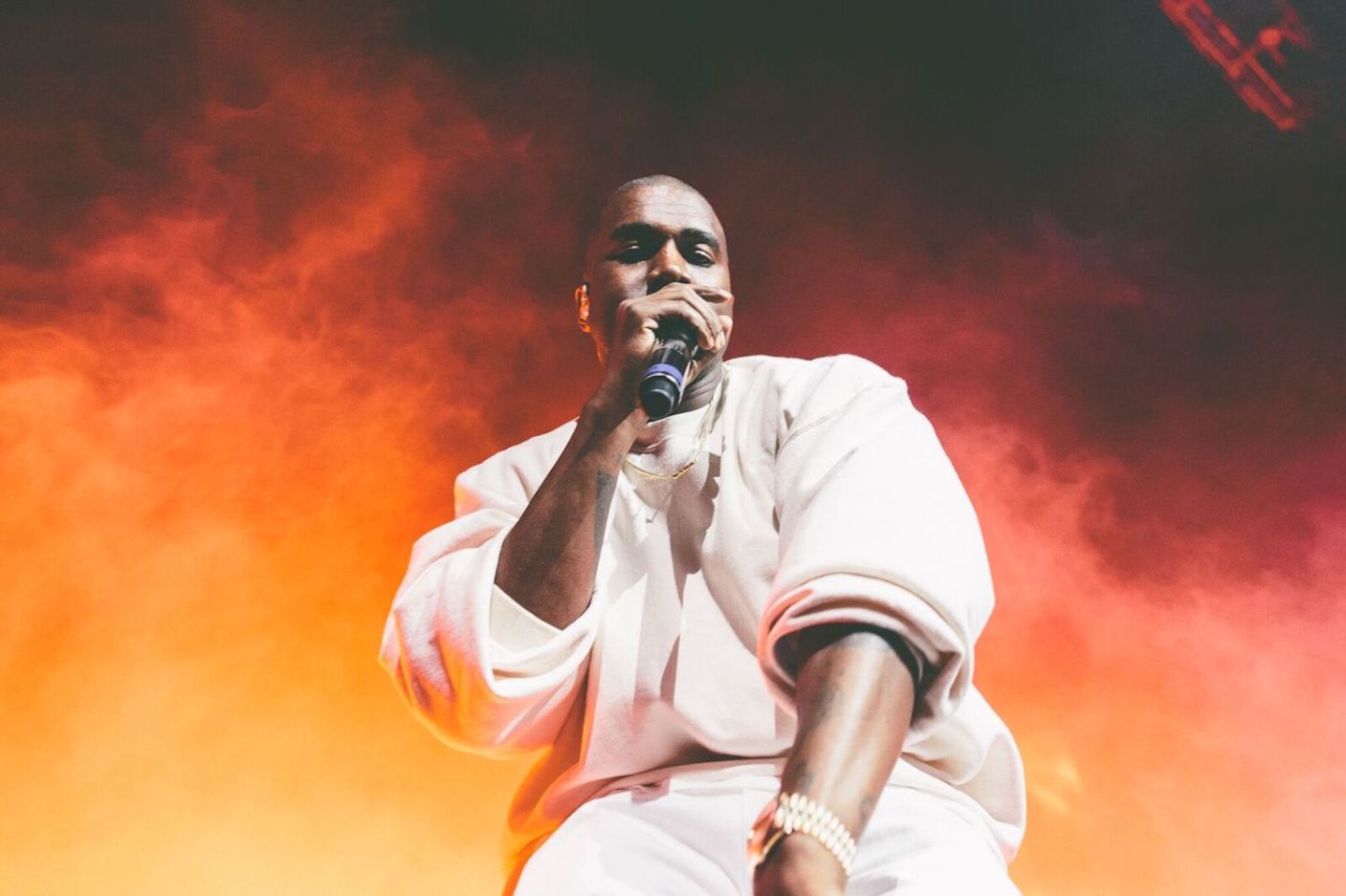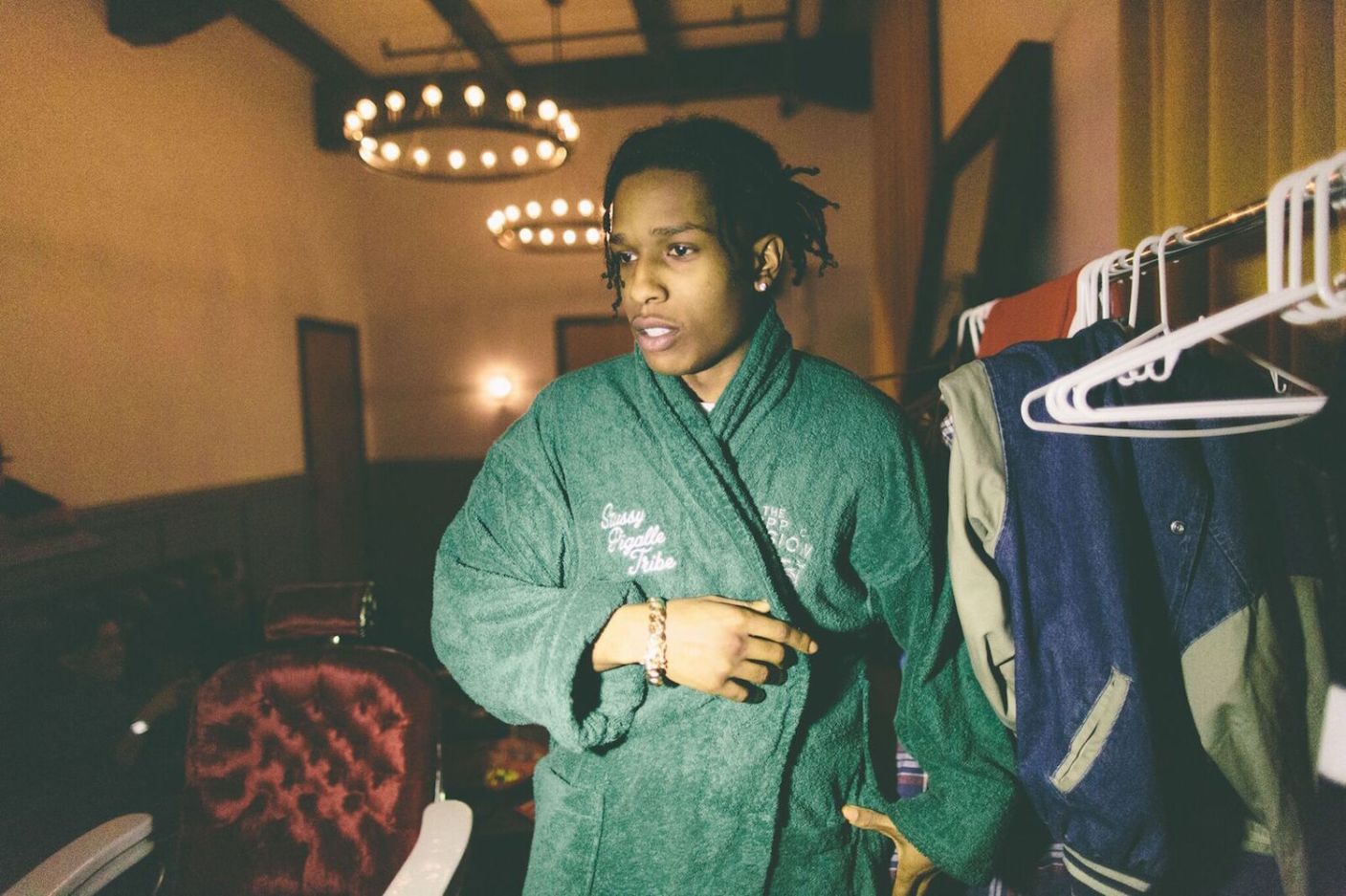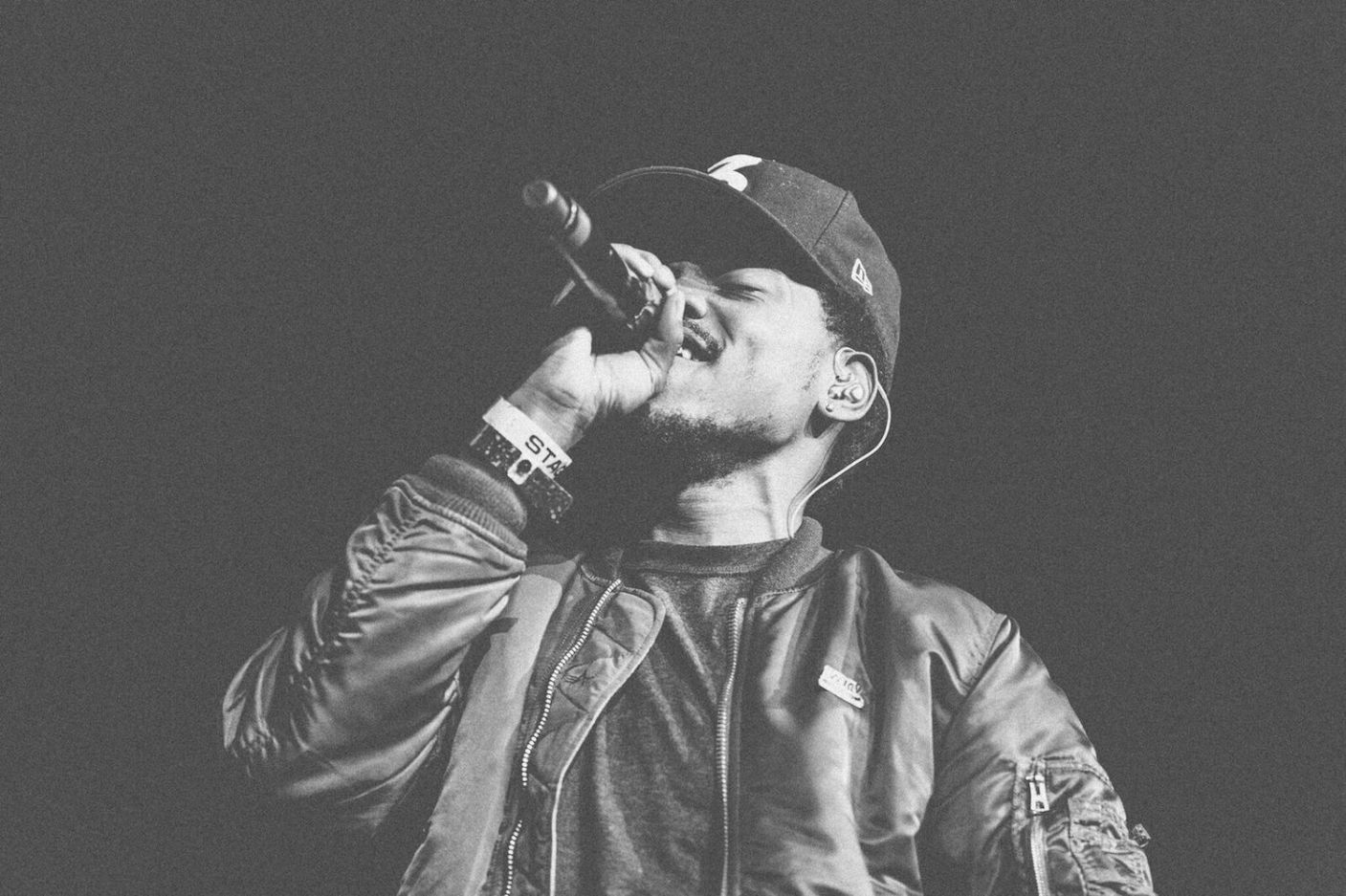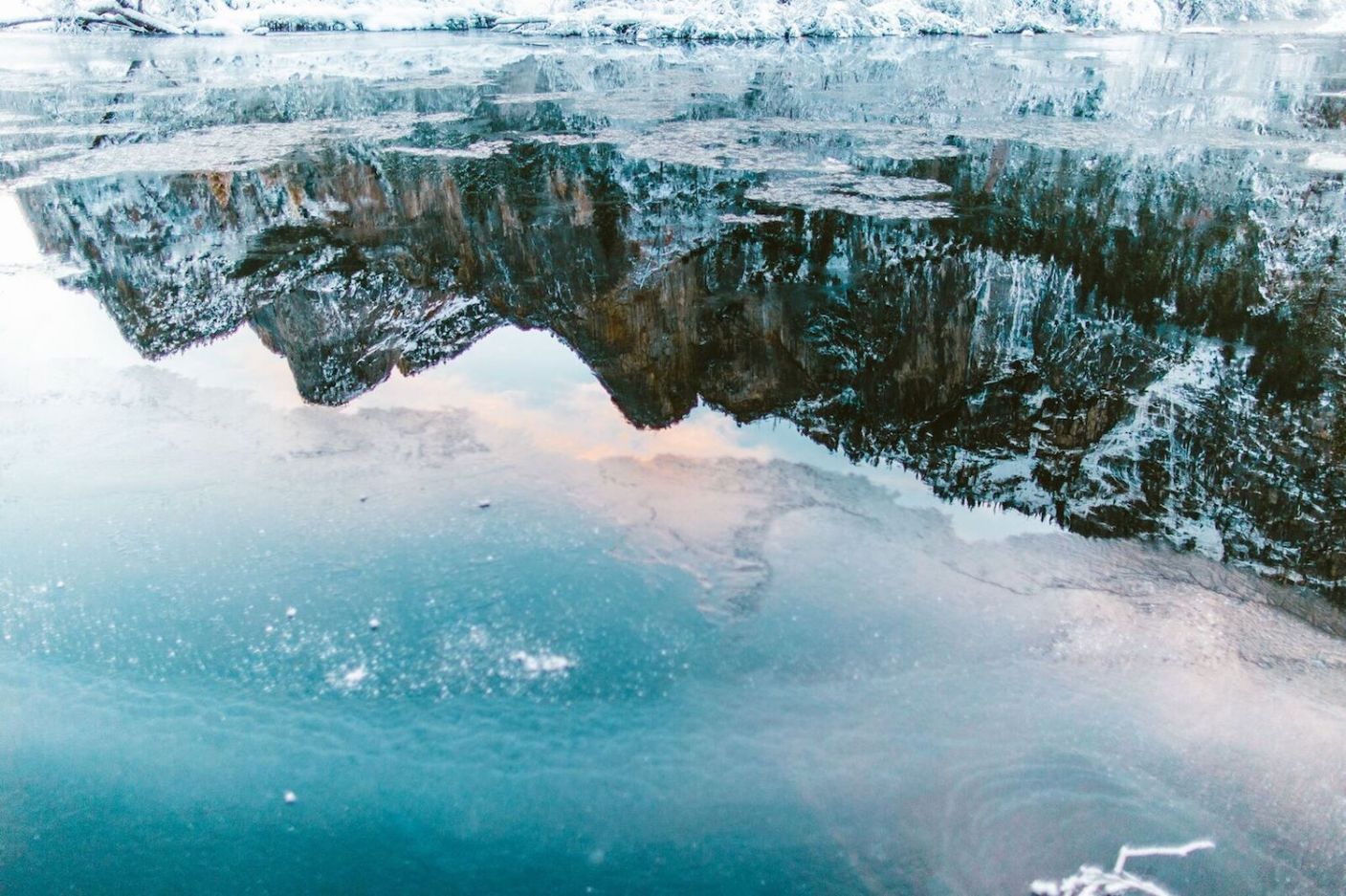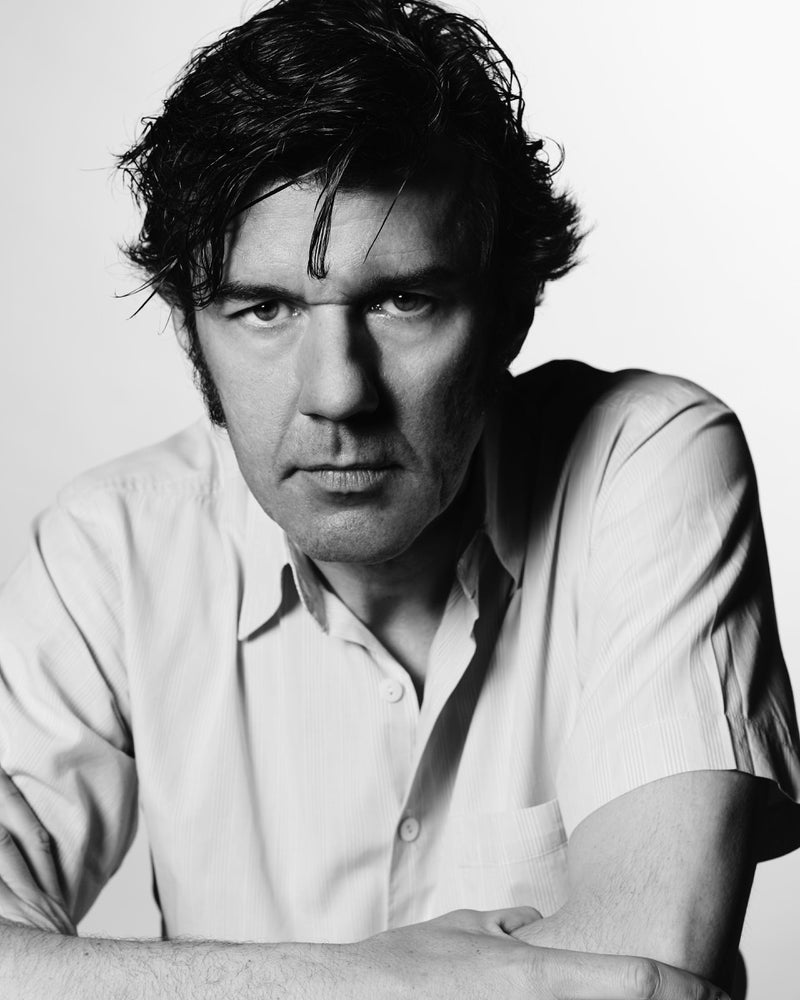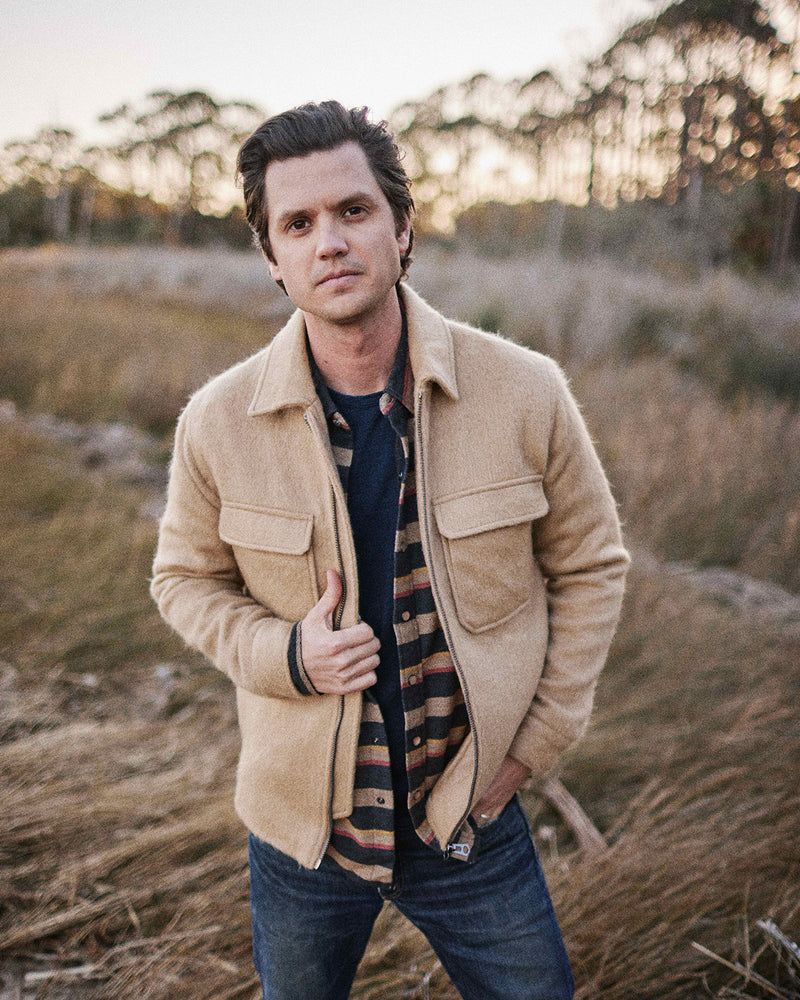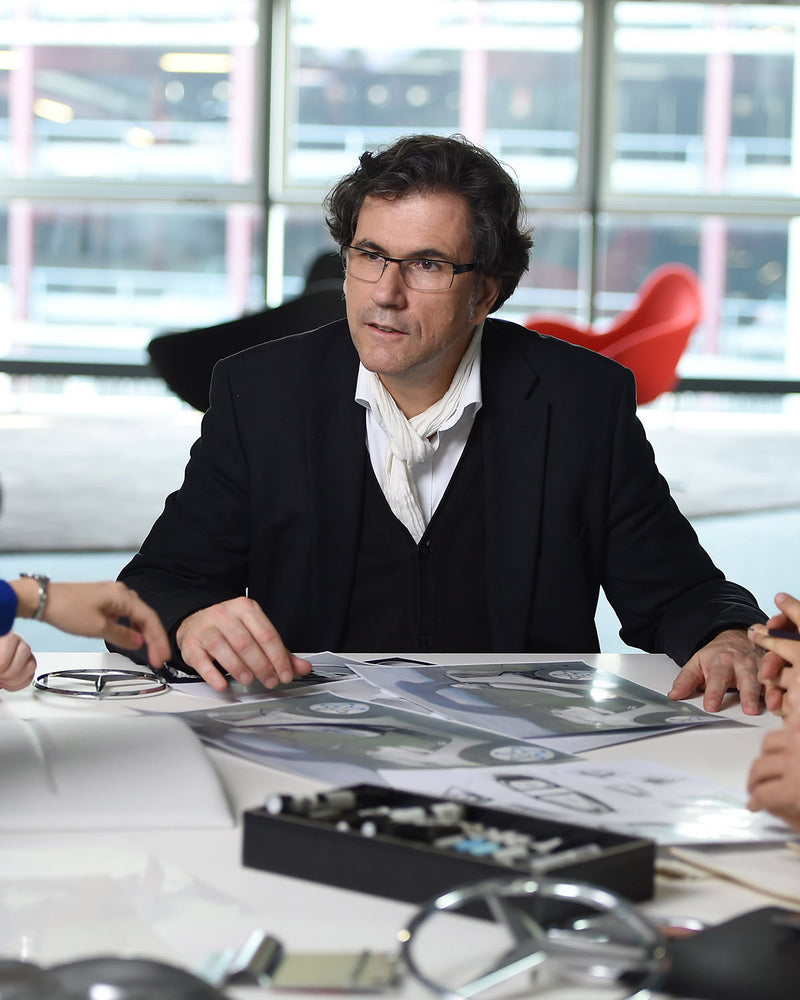Andres Tardio is a journalist and photographer based in LA. who has covered music for Billboard, Complex, Rap-Up, Genius, and MTV News, among others. We caught up with Andres one early morning to discuss his evolution from writer to photographer, what it’s like to shoot at concerts, and his intense love of photography and music.
You’re both a photographer and a writer. How did that come about?
I used to write primarily and do photography separately, just because they were both things I was interested in. Eventually I was encouraged by an editor I had, Rob Markman, to kind of blend those two worlds together more often. Why not photograph the artists I was interviewing? And since then, connecting both of those worlds has continued to become more and more important to me and I’ve gotten even more encouragement to do both from other writers, photographers, editors, readers, and publications.
